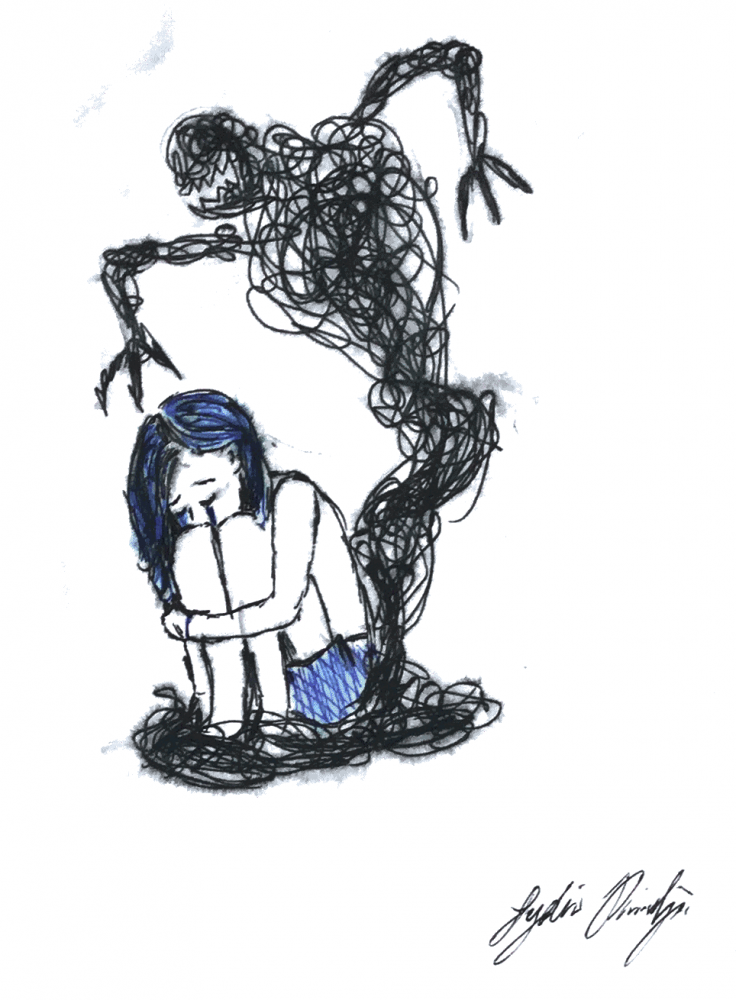Let’s Talk About Mental Health
February 27, 2017
It is no secret that mental health is a growing problem at PDS. Most students could immediately name a friend afflicted with a mental disorder, if not suffering from one themselves. PDS’ own Director of Health and Wellness Maritoni Shah stated, “This is a pandemic that reaches, well, everywhere.”
But what is causing such a rise in cases of mental disorders? Disorders, such as depression and anxiety (caused by a chemical imbalance in the brain) have always existed, but there has been a recent spike in the number of cases across the U.S. and in our own community. Why? I believe it is due to the extreme pressure that students are under.
In a high-pressure environment like PDS, there is a constant focus on grades, athletics, and college, and it is only expected that our students will struggle to cope with such expectations. Spurred on by parents, teachers, friends, and even their own motivation, students feel that they must excel in every possible aspect, and often work themselves to the point of harm to accomplish their goals.
“Students here want to achieve. They don’t want to coast, and so that, in and of itself, perpetuates a culture of excellence and perfection,” explained Dr. Shah.
The question I think we should be asking, however, is what does perfection mean at PDS? At our school, “perfection” is simply another way of saying “performance,” from academic to athletic to extracurricular. This is precisely the problem that I see in our system and all around the U.S. Students work in order to gain good grades, not knowledge. This creates an incredible amount of pressure, forcing students to make a choice between their performance or their mental health. While this decision should be simple, it is quickly becoming a more difficult dilemma each day, as students are forced to sacrifice their well-being for the sake of attaining perfection.
The PDS faculty, however, are well aware of this struggle, and are doing their best to help students cope with it. The Department of Health and Wellness, headed by Dr. Shah, has recently introduced a number of measures to help protect the mental health of students. For example, the new schedule (beginning next year) was designed to relieve student stress. Using extensive research, the school decided on the longer periods and less frequent class meetings. The Department of Health and Wellness is also trying to work with teachers to help them adjust their curriculum for the benefit of the students. Teachers now have increased access to resources to help them decide what parts of their curriculum to focus on and what parts to discard, as well as help to improve ways to present material. Finally, the Department of Health and Wellness is trying to inform and educate students about mental health, through programs for first through 12th graders, taught by Guidance Counselor Robert Tuckman.
The administration’s attempts to protect the mental health of students is certainly a step in the right direction, but some of the effort must come from within the student body. As most people can attest, there is still stigma associated with mental disorders. This stigma is often propagated by students, through jokes about panic attacks, “triggers,” and even suicide. This alienates students who have been diagnosed with a mental disorder, as they no longer feel part of the community. Furthermore, students who suspect that they may have a mental disorder feel as if their feelings are a cry for attention, and that to reach out to someone about their issues would make them a drama queen.
This stigma must end, and the effort must come from the students. Students should take responsibility for regulating their own actions and those of their friends in order to create an environment where they are not ashamed to talk about mental health.






